Jjamppong Zizon Jongno(짬뽕지존 종로)
13.0Km 2020-11-20
25 Samil-daero 15-gil Jongno-gu Seoul
+82-2-725-5161
It is a good restaurant, not only for meals but also for gatherings. This Chinese (cuisine) restaurant is located in Jongno-gu, Seoul. The representative menu is spicy seafood noodle soup.
Sikdang Jin (식당진)
13.0Km 2021-03-29
5, Toegye-ro 22-gil, Jung-gu, Seoul
+82-2-755-7558
This is a Japanese home-style cuisine restaurant. The best menu at this restaurant is katsudon. This Japanese (cuisine) restaurant is located in Jung-gu, Seoul.
Maison traditionnelle Baek in-je 백인제가옥
13.0Km 2024-10-25
Seoul, Jongno-gu, Bukchon-ro 7gil 16
+82-2-724-0200
La demeure traditionnelle Baek In-je, située à Bukchon (quartier Gahoe-dong), est une maison hanok construite dans le style occidentale et qui est restée dans son état originel. Il s'agit d'une demeure typique de l'époque impérialiste du Japon en Corée. Construite autour d'un pavillon principal, cette demeure comprend différents petits pavillons annexes ainsi que plusieurs jardins. Cette demeure met parfaitement en valeur la beauté des maisons traditionnelles 'hanok' en Corée tout en dévoilant une façette moderne de ce type d'habitat. Il s'agit d'une structure représentative du village Bukchon avec la demeure traditionnelle Yun Bo-seon.
Cette demeure (1907), qui utilise pour sa structure des pins noirs du Japon, constitue un habitat typique de l'aristocratie de l'époque.
Cette demeure a aussi la particularité de relier les deux pavillons principaux (appelés 'Sarangchae' et Anchae') par un couloir alors que ces pavillons sont traditionnellement séparés dans les autres demeures de ce type. Ainsi, il n'est pas nécessaire de sortir pour se déplacer entre ces deux espaces. On trouve également des couloirs construits à la manière japonaise, des sols avec tatami, des murs de briques rouges, et des fenêtres en verre, autant d'éléments qui reflétent l'évolution des goûts architecturaux de l'époque. Autre spécificité du lieu, le pavillon Sarangchae est construit sur 2 étages, un trait unique pour une maison de ce type en Corée.
Yetchatjip (old teahouse) (옛찻집)
13.0Km 2019-12-20
33-1, Insadong-gil, Jongno-gu, Seoul
+82-2-722-5332
Yetchatjip is a famous teahouse that has also been used as a movie filming set. It is a great place to stop by for a cup of natural traditional Korean tea, or the traditional summer treat patbingsu, made with the old way with shaved ice and homemade red bean topping.
Insadong Chatjip (tea house) (인사동찻집)
13.0Km 2019-12-23
33-1, Insadong-gil, Jongno-gu, Seoul
+82-2-723-4909
Insadong Chatjip is a hanok teahouse that serves home-made traditional tea. Even the red beans used in the summer delicacy patbingsu
Vegetarian Restaurant Osegyehyang (채식요리전문점 오세계향)
13.0Km 2019-12-23
14-5 Insadong 12-gil, Jongno-gu, Seoul
+82-2-735-7171
Osegyehyang is a vegetarian restaurant location in Insa-dong, a street known for its traditional culture and crafts. It serves various dishes that cater to the needs of vegetarian customers.
Nwijo(뉘조)
13.0Km 2024-12-11
27, Insadong 14-gil, Jongno-gu, Seoul
+82-2-730-9311
Nwijo (뉘조) is a Korean restaurant specializing in wild vegetable cuisine. The name ‘Nwijo’ means ‘the god of the silkworm,’ and likens wild vegetables to silkworms in that both can be eaten in their entirety. The restaurant serves original full-course Korean meals that are prepared using hundreds of kinds of wild vegetables, including special seasonal vegetables.
A typical full-course meal starts with delicious pumpkin porridge, followed by seasoned wild vegetables, root vegetable ssam (condiments wrapped in vegetable leaves), slices of boiled meat, and steamed lotus leaf-wrapped rice served with jjigae (Korean stew) and various side dishes. This kind of traditional feast is pleasing to both the eye and the palate and is topped off with sikhye (traditional sweet rice drink). Lunch specials are also available.
Nuri (누리)
13.0Km 2019-11-26
23, Insadong 14-gil, Jongno-gu, Seoul
+82-2-736-7848
Located in the neighborhood of Insa-dong, traditional Korean lunch box and tea restaurant Nuri brings out the true beauty of hanok while implementing western dining culture with tables and chairs.
Nuri uses the finest grains directly from agricultural regions throughout the country, offering nutritious rice along with mildly seasoned side dish menus, taking advantage of the ingredients' natural flavors. Nuri uses its effective take-out and delivery system to cater to businesses and events.
Hamcho Ganjanggejang (함초간장게장)
13.0Km 2021-03-18
27, Myeongdong, 8ga-gil, Jung-gu, Seoul
+82-2-318-1624
This is a Korean cuisine located in Myeong-dong, Seoul. The representative menu is soy sauce marinated abalone. crabs were aged in herbs and soy sauce.
Musée de l’Artisanat Coréen de Cheongju (한국공예관)
13.0Km 2020-05-07
44, Insadong-gil, Jongno-gu, Seoul-si
+82-2-720-3301
Le Musée de l’Artisanat Coréen de Cheongju expose et vend des produits artisanaux coréens réalisés par de artistes de la ville. Il accueille plus de 100 genres différents d’objets dont ceux liés à Jikji (le plus vieux livre au monde édité avec la méthode d’impression métal). Les clients sont exposés à de riches informations sur Jikji et sur la Biennale Internationale de l’Artisanat. Les produits majeurs sont : des cravates (méthode d’impression métal), de la poterie, des textiles, des bijoux, et des produits utilisant des motifs et écritures.
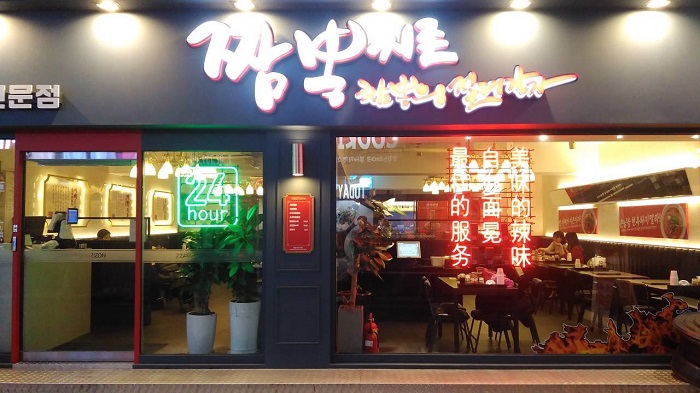
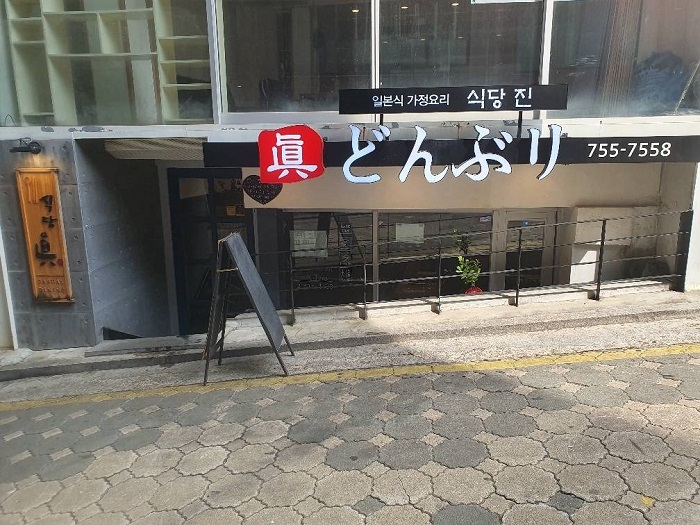
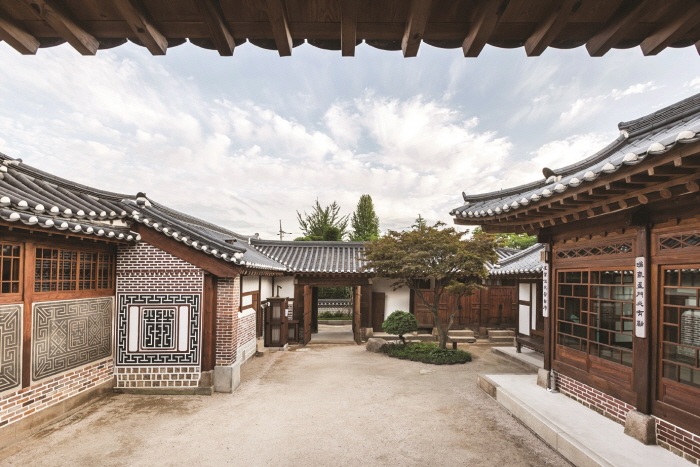
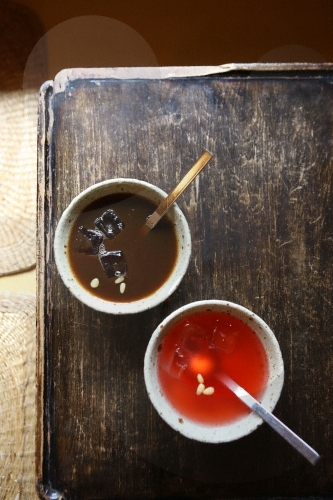
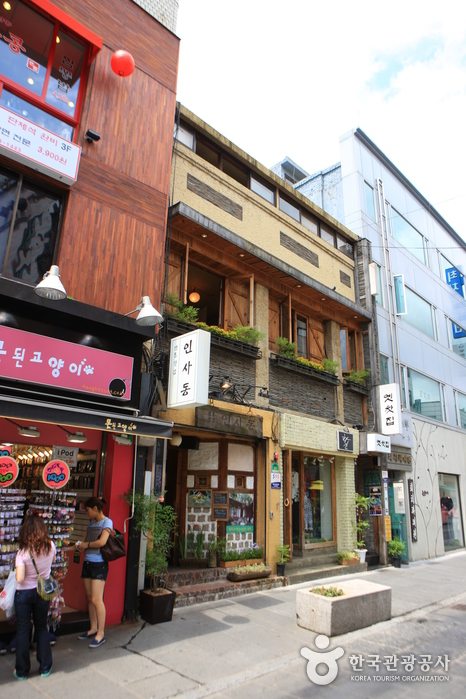
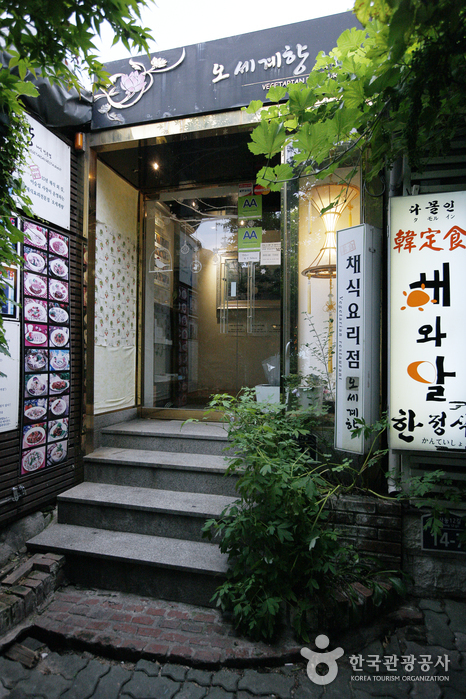
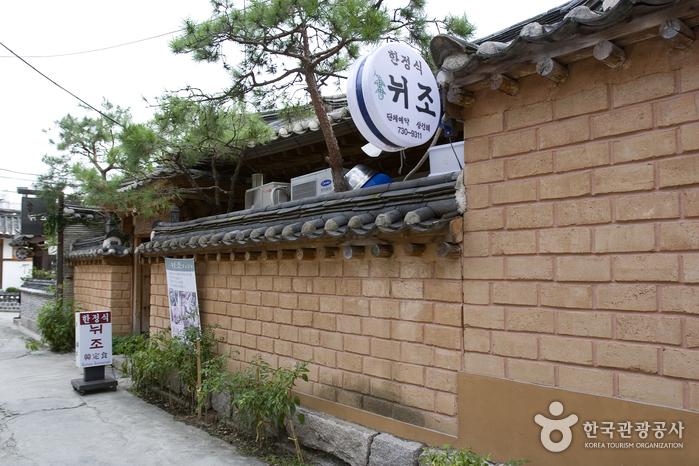
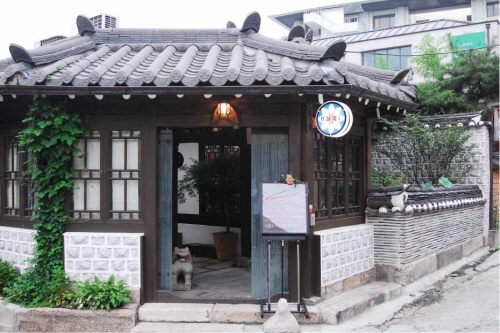
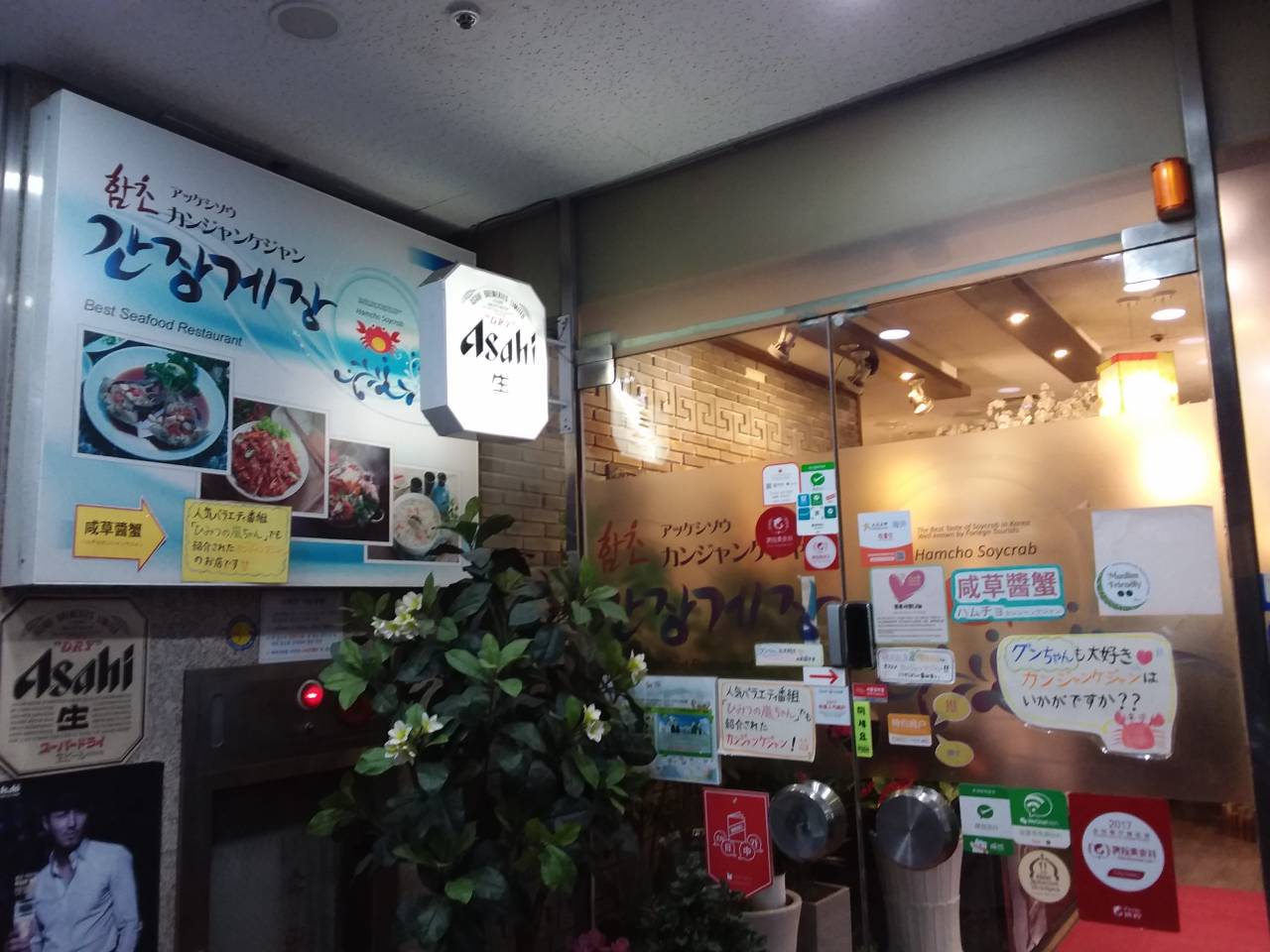
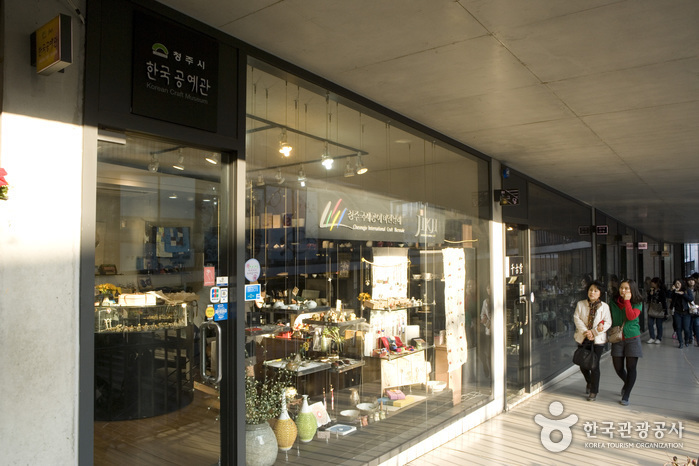
 Français
Français
 한국어
한국어 English
English 日本語
日本語 中文(简体)
中文(简体) Deutsch
Deutsch Español
Español Русский
Русский